In-depth: SEO Masterclass Part 2 – The evolving landscape of search
One of the oldest disciplines in digital marketing, Search Engine Optimisation (SEO) has evolved a lot over the years. Vishal Shah, Associate Vice President – SEO, iProspect, and Asad Khan, Associate Vice President – SEO and Performance Content, iProspect, guide us through the shifts that SEO marketing has undergone in the past decade in Adgully’s two-part in-depth look at the SEO space.
In Part 1 of the report, we spoke about how digital marketers are approaching SEO strategies depending on the type of client and their business objective. This is the 2nd part of an in-depth report on Search Engine Optimisation.
The Jio launch completely revolutionised the data consumption patterns in India. First, more people than ever were browsing the web via their smartphones. Second, regional populations who were first time smartphone users began exploring the Internet. The most important bit was change in content consumption formats, a heavy shift from text-based content to rich media, especially video consumption. This clearly had implications on search behaviour as well.
Today, mobile phones are driving higher web traffic than desktop in India, which is nearly 80 per cent. Apps have become the go-to destination for mobile users rather than websites. SEO marketers have to adapt to these changes as clients were demanding solutions that were aimed at mobile users.
Asad Khan relates some of the emerging trends, “The mobile user is searching for information on the go; many of them prefer to speak to their phones rather than typing (Voice Search). According to Google, India has seen a whopping 270 per cent growth YoY in voice searches. Popularity of Indian languages is growing at much faster pace due growth of search in Bharat (non-metros).”
He adds, “Now, we are not just building content for our clients, but enabling it to be ready from a voice search perspective. Another strategy is identifying the non-metros that are driving traffic for the brand and providing solutions for regional language content.”
Vernacular Search
India has 22 official languages and numerous local dialects. When a user types a query in their local language: 1) the search engine must be able to recognise the query, and 2) the results that are thrown up must be in the language that the user is comfortable with.
Also, the syntax or structure of search queries in regional languages is different from English language, which throws up new keyword trends.
This creates an opportunity for clients to reach new users, as Vishal Shah explains, “If people are searching for a keyword in Hindi, ranking for it could be beneficial because not all brands run ads for Hindi keywords. For an English search query, you might see four ads and the organic reach of the ad goes down, which, in turn, impacts the CTR (Click Through Rate). If people are not running ads for vernacular keywords and you’re ranked first, then you could drive a lot more CTRs.”
Khan states, “Vernacular is growing at a faster pace than English search. 50 per cent of vernacular search is in Hindi language; 30 per cent is in Telugu, Bangla and Tamil and the remainder is occupied by other languages.”
However, for practical purposes creating content in all regional languages is not always recommended to clients keeping into account the feasibility and scalability aspects.
According to Shah, “If you look at search trends, while English queries still dominate a lot of sectors/ niches, there’s a substantial contribution by Hinglish keywords as well. When we start optimising for a particular language, the focus is still on English or Hinglish search queries. Even though the intent is to build a lot more content in Hindi, we are still observing that on a relative scale, the search volumes for generic queries using pure Hindi keywords are still lesser in many lines of business. But, of course, there’s still a lot more potential for this to increase.”
He adds, “There are sectors where the data does not support vernacular search from a volume of queries perspective. There are many areas we are not seeing a huge uplift in vernacular search. We initiate such solutions only if the client asks for it or the data tells us to.”
Voice Search
As digital marketers come to terms with the limitations of Vernacular search, they become increasingly excited about the combination of Vernacular search and Voice search.
Shah observes, “Vernacular search could catch up in the future because Voice search is growing every day, as per Google. If Voice recognition is increasing, then there is no control over the language of the search query. You have the liberty to input a really longish query (a long tail keyword) that could be a mix of couple of languages. And this trend could also gain some traction in future.”
Targeting
A search query can be input from a device anywhere across the board. So, how are digital marketers able to drive the right kind of traffic for their clients using SEO?
Shah explains, “Search engines can identify global versus local matches of search queries based on the content you create and the signals that your website (domain name especially) provides. Suppose a brand wants to target consumers within India, then it makes sense to have a website with the domain ending with www.example.in. That’s a clear-cut signal that this website is targeted towards audiences in India. If you are catering to customers across the globe, then it might make sense to have a ‘.com’ website, but with a sub-directory structure like www.example.com/in. Having Geo-specific sub-domains is another option that one can explore. Google Search Console also provides multiple options to pass geo-specific signals which indicate that a domain or a section of pages caters to audience within a specific geography.”
Even the content that you create would have to reflect nuances from different regions. Google Search Engine is able to pick up on those nuances.
Shah shares an example, “Suppose you have a product that sells in 20 geographies, where the local languages may vary. Fundamentally, it is the same product, but the price and features may vary depending on the region. At least 50 per cent of the content remains exactly the same. To avoid duplication of content, Google has made available tags that allow similar pages relate to one another and helps Google rank the right page in the right geography.”
A newer trend is the rise of hyperlocal SEO. With consumers searching on the go, some brands have leveraged hyperlocal search to drive traffic to their physical stores and outlets.
Sharing an example, Khan elaborates, “‘Near Me’ searches have significantly risen by 75 per cent YoY and this is driving impact for retailers in-store. People typically search for ‘Hotels Near Me’, ‘Doctors Near Me’, ‘Garages Near Me’, etc., and end up visiting retailer’s offline store. Clients are looking for solutions that make their outlets and stores more accessible to the consumers. Having your brand listed on Google My Business has become hygiene for most brands. To improve the ranking of your business, a SEO strategy could be having a lot of user generated reviews and ratings, which act as a local signal for Google’s ranking algorithms.”
Delivering targeted SEO solutions for clients requires thinking in three critical areas:
- How do I build my content assets from an international and hyperlocal search perspective?
- How do I supplement my business listing with 3rd party contributors (reviews/ ratings) from the relevant geographies?
- How do I indicate through localised signals (tags) that my content solutions are geography specific?
The Omnichannel experience
The lines between brick and mortar retail and e-commerce have blurred, with retail clients opting for an inclusive omnichannel strategy to reach their customers. Now, every modern retailer wants an omnichannel presence and asks for digital solutions that solve business problems.
Khan shares an example of how iProspect delivered an omnichannel strategy, “A growing number of consumers are researching online and purchasing offline. This behaviour is reflected in growing click-to-store-visit ratios in categories like food, groceries, and shopping. However, there are some tactical ways by which brands can convert a visit into a lead. We were approached by a very popular electronics brand that was selling offline to devise an SEO strategy. We designed interactive product brochures for them, which we filled with various technical information pertaining to the product. On the final product page, we created a call to action that prompted the consumer to input their lead details. Our communication said, ‘if you register, we will share the brochure of the product and share details of where you can purchase it from’. This way, even if the consumer is not on your site, we can capture their lead details, which can be used to target them in other ways.”
Identifying search trends are important, but matching them with consumer purchasing paths is critical for delivering results.
Shah shares an observation, “We have an e-commerce client who caters to multiple markets. They have 5-6 stores in Mumbai. The pattern we have seen in India is that the brand sees a lot of online traffic, but the end conversion happens in retail stores. Out of the total organic traffic to the website, US contributes only to a quarter or a bit lesser; but generates high volumes of sales and thereby revenue.”
Khan highlights another trend, “While search volume is much larger on mobile, yet the transaction volumes continue to be larger on the desktop. We’ve observed for a lot of brands that visitors tend to discover products, read product information, add to cart but the final purchase is usually made on the desktop.”
App store optimisation
If the web browser is primary real estate on the desktop, then apps are primary real estate on smartphones. Many of the digital brands, especially those players from the OTT space, primarily look at app installs and subscribers on their platforms to measure business growth. Apps that rank high in the Playstore search rankings have a greater visibility and increased chance of getting downloaded.
Shah says, “There is a discipline called app store optimisation, where we try to improve visibility on Playstore and App Store. App store optimisation helps us rank for some queries on the Playstore. Google crawler isn’t able to crawl through complete app screens the way it is able to do with desktop screens. Increasing visibility on the Playstore is a function of optimising your profile page with critical keywords and play with the title and description keywords.”
He adds, “Some users try to search for apps on desktop and Google allows them to discover apps by using a method called deep linking and indexing.”
“For example, you are searching for some show on an OTT platform and input the search query for the show on Google Search (primarily mobile). If you have deep linking and indexation properly implemented, the search results will throw up a result with link to the App with a small indicator saying ‘Installed’ if you have the OTT app installed. If you don’t have the app installed the results will throw up a prompt message to download the app.”
Khan observes, “Marketplaces are getting a lot of traction, hence moving beyond a website-centric e-commerce strategy is a no brainer. With maximum shoppers choosing to shop on e-commerce marketplace, optimising for sites such as Amazon, Flipkart, Snapdeal and other discoverability platforms is going to be critical moving forward. Currently, Google and YouTube command >90 per cent of search traffic, but with more than 50 per cent e-commerce searches now taking place on marketplaces, that dichotomy might change soon.”







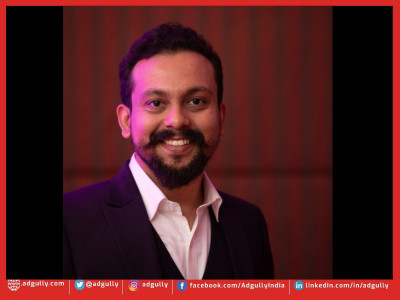
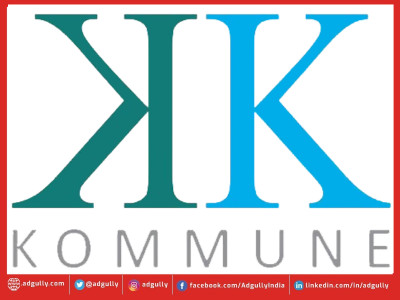




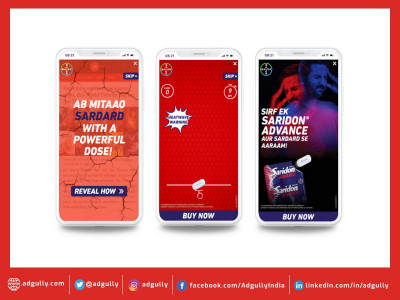
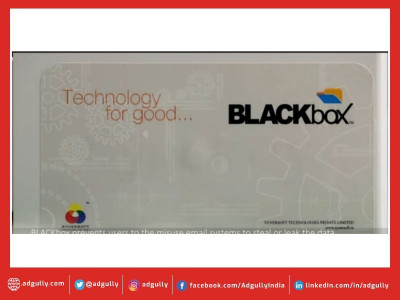

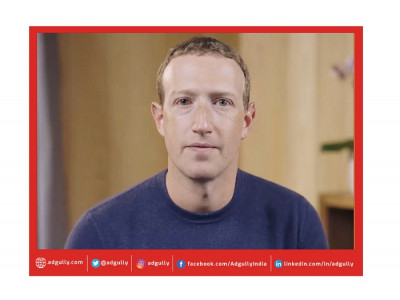
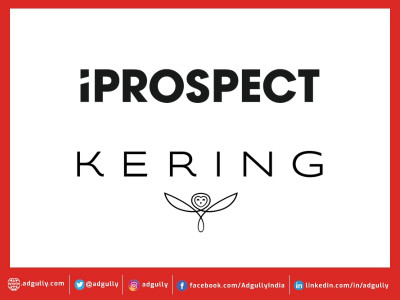


Share
Facebook
YouTube
Tweet
Twitter
LinkedIn